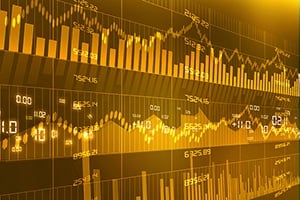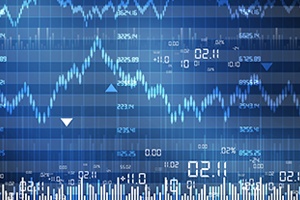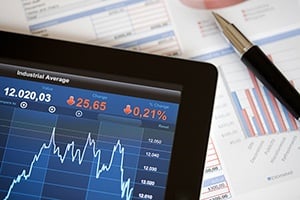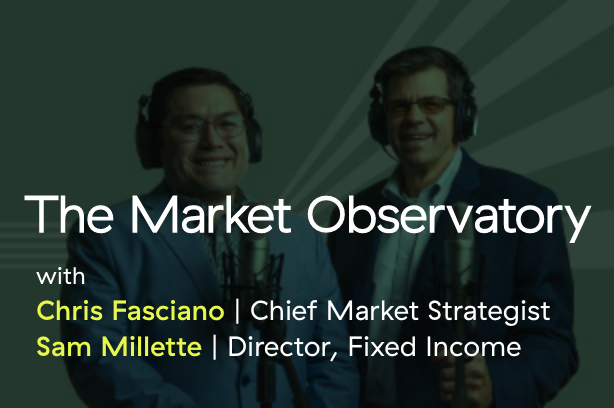The big economic news this week—now that the stock market has calmed down—is the apparent rise of inflation. In fact, inflation does appear to be on the rise, with both the Consumer Price Index (CPI) and the Producer Price Index (PPI) showing faster growth in the past 18 months, as you can see in the chart below. We will be using the CPI for the rest of the discussion, given the relatively short span of the PPI data, but note that the two series have been saying the same thing.









 I was thinking about demographics the other day, in the context of what they mean for economic growth over the next decade or so. One of the reasons growth has been so slow in recent years is simply because of the age mix of the population. Baby boomers are aging and retiring, so they are spending less. The rising millennial generation, on the other hand, has not yet hit its peak earning and spending years. As such, the drag from the boomers offsets the gain from the millennials. It will continue to do so for the next couple of years, but then that will change. The effect of demographics is one of the few things we really can know ahead of time in economics. We know who has been born—and when. After that, it is just a matter of counting.
I was thinking about demographics the other day, in the context of what they mean for economic growth over the next decade or so. One of the reasons growth has been so slow in recent years is simply because of the age mix of the population. Baby boomers are aging and retiring, so they are spending less. The rising millennial generation, on the other hand, has not yet hit its peak earning and spending years. As such, the drag from the boomers offsets the gain from the millennials. It will continue to do so for the next couple of years, but then that will change. The effect of demographics is one of the few things we really can know ahead of time in economics. We know who has been born—and when. After that, it is just a matter of counting.

